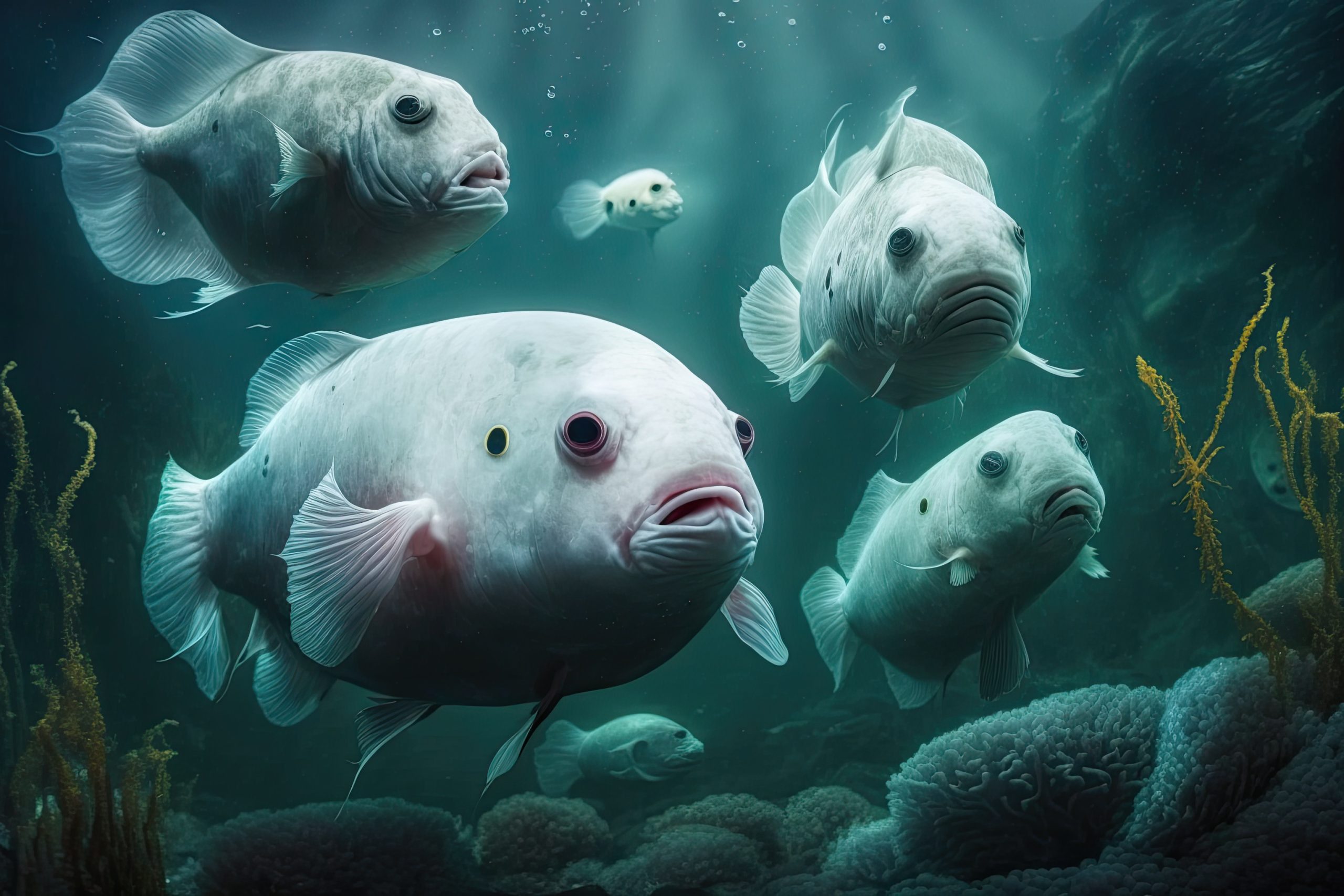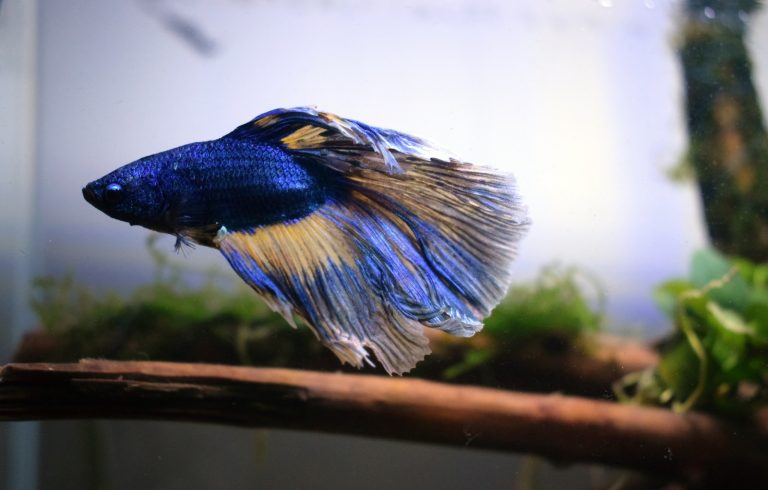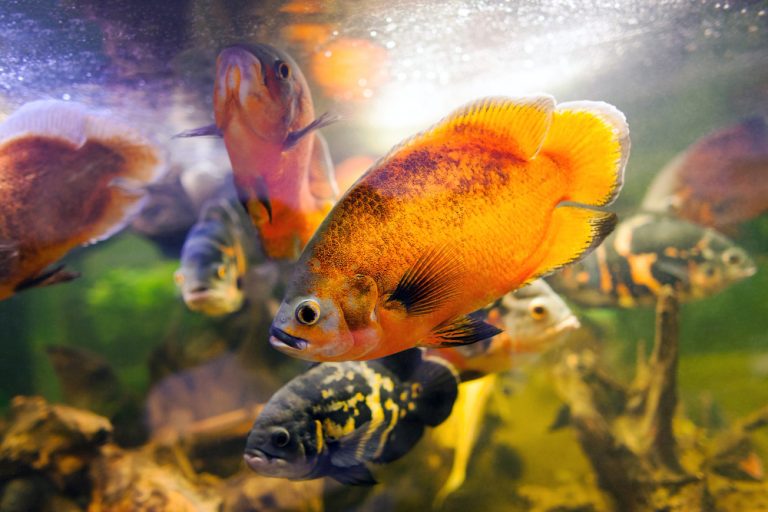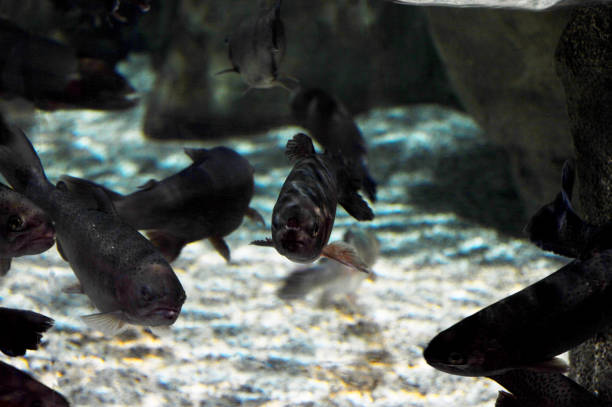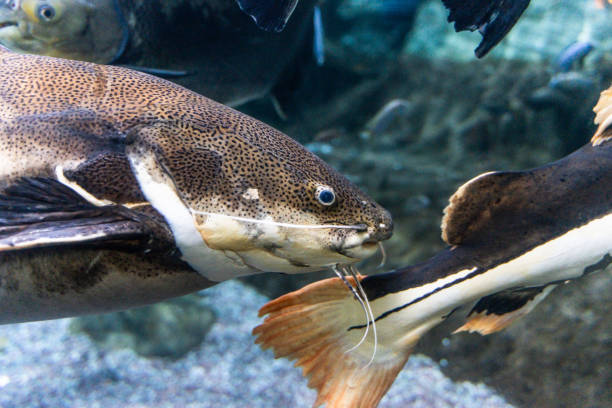When you hear the word “blobfish,” you might picture a comically sad, droopy-faced fish. However, there’s much more to these fascinating creatures than meets the eye. Environmental concerns surrounding blobfish are a critical topic in today’s world. In this article, we’ll delve deep into the challenges faced by blobfish and the dedicated efforts to ensure their survival.
Environmental Concerns for Blobfish
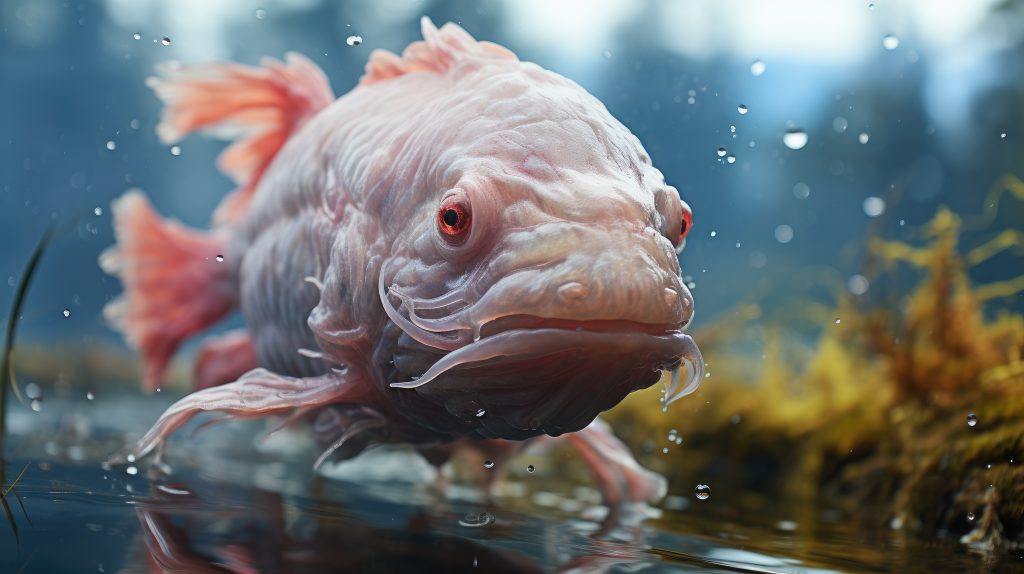
Natural Habitat Degradation
Blobfish (Psychrolutes marcidus) are primarily found in the deep waters off the coasts of Australia and New Zealand. Their unique bodies are adapted to withstand the immense pressure of the deep sea. However, human activities such as deep-sea mining and bottom trawling have been rapidly degrading their habitat. The disturbance of the seafloor by these activities can lead to habitat destruction, directly affecting the blobfish population.
Overfishing
Overfishing is a global concern that affects not only blobfish but also countless other marine species. Blobfish are often caught unintentionally as bycatch in commercial fishing operations. Their slow reproductive rate makes them vulnerable to overfishing. Sustainable fishing practices are crucial to ensure the blobfish’s survival.
Threats from Bycatch
Blobfish often find themselves trapped in fishing nets meant for other species. This unintended capture, known as bycatch, poses a significant threat to their population. To mitigate this problem, specialized fishing gear and techniques that reduce bycatch must be adopted.
Impact of Ocean Pollution
The oceans are becoming increasingly polluted with plastic debris, chemicals, and other pollutants. These pollutants not only harm the blobfish directly but also disrupt the delicate balance of their ecosystem. Cleaning up our oceans is imperative for the long-term conservation of blobfish.
Effects of Climate Change on Blobfish
Climate change is causing shifts in ocean temperature and acidity, which can affect the blobfish’s prey availability. As their primary food sources move to different depths or locations, blobfish may struggle to find enough to eat.

Conservation Efforts for Blobfish
Protected Marine Areas
One of the most effective ways to safeguard blobfish habitats is by establishing marine protected areas (MPAs). These designated zones limit or ban certain activities, allowing marine life to thrive undisturbed. Protecting these areas is crucial to the survival of blobfish.
Research and Monitoring Efforts
Scientists and conservationists are continually studying blobfish to better understand their behavior and needs. Advanced technology, such as remotely operated vehicles (ROVs) and deep-sea submersibles, enables researchers to explore their habitats and gather valuable data.
Sustainable Fishing Practices
Implementing sustainable fishing practices is essential to reduce blobfish bycatch. Measures like using selective fishing gear and enforcing strict quotas can help protect these unique creatures while supporting the livelihoods of fishermen.
Blobfish-Friendly Fishing Methods
Some innovative fishing methods, such as using escape panels in nets, have been developed to prevent blobfish from getting trapped as bycatch. These methods reduce harm to blobfish and other unintended catches.
Raising Public Awareness
Education and public awareness campaigns play a vital role in blobfish conservation. When people understand the importance of preserving these creatures and their habitats, they are more likely to support conservation efforts and make environmentally responsible choices.
Rehabilitation Programs
Injured or stranded blobfish sometimes require rehabilitation. Specialized facilities and organizations are dedicated to rescuing, rehabilitating, and releasing these unique animals back into the wild.
International Cooperation
Blobfish conservation is not limited to one country or organization. It requires international cooperation and collaboration to address the complex challenges they face. Conservationists from around the world are working together to protect blobfish and their habitats.

Blobfish FAQs
What is a blobfish?
Blobfish (Psychrolutes marcidus) are deep-sea fish known for their gelatinous appearance. They inhabit the deep waters of Australia and New Zealand.
How does a blobfish survive in extreme depths?
Blobfish have a unique body structure with low-density flesh, which allows them to remain buoyant at great depths.
Where can blobfish be found?
Blobfish are typically found in the deep waters of the southern hemisphere, near Australia and New Zealand.
Are blobfish endangered?
Yes, blobfish are considered vulnerable due to habitat degradation, overfishing, and bycatch.
Why are blobfish often mischaracterized?
Blobfish are mischaracterized due to their appearance when brought to the surface. Their gelatinous bodies are adapted to high-pressure environments, and they look quite different in their natural habitat.
How can I support blobfish conservation?
You can support blobfish conservation by spreading awareness, making sustainable seafood choices, and supporting organizations dedicated to marine conservation.
Conclusion
Environmental concerns surrounding blobfish are real and pressing. However, there is hope. Through a combination of scientific research, sustainable practices, public awareness, and international cooperation, we can ensure that these unique creatures continue to thrive in the depths of our oceans. By working together, we can secure a brighter future for blobfish and the entire marine ecosystem.
